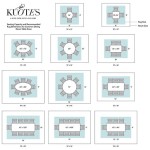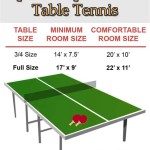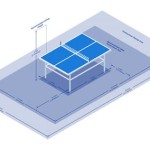Essential Aspects of Vegetable Garden Design Layout
Creating a productive and aesthetically pleasing vegetable garden requires careful planning and layout. Here are some essential aspects to consider for an optimal garden design.
Climate and Sunlight Exposure
The climate and sunlight exposure of your location play a crucial role in determining the types of vegetables you can grow and the layout of your garden. Consider the average temperature, rainfall, and sunlight hours in your area. Choose plants that thrive in the local climate and provide them with the appropriate sunlight exposure.
Soil Conditions
Healthy soil is essential for successful vegetable production. Test your soil to determine its pH, nutrient content, and drainage properties. Amend the soil as needed to create an ideal environment for your chosen plants. Consider organic matter like compost or manure to improve soil fertility and water retention.
Companion Planting
Companion planting involves placing certain plants together to benefit each other. For example, planting tomatoes next to basil can deter pests, while planting onions near carrots can improve growth and flavor. Experiment with companion planting techniques to maximize yields and minimize pest problems.
Crop Rotation
Crop rotation involves growing different types of vegetables in the same bed over several seasons. This helps prevent soil depletion, disease buildup, and pest infestations. Plan your garden layout to allow for rotation by dividing it into sections and planting different vegetables in each section each year.
Space Planning
Space planning is essential to ensure your plants have enough room to grow and produce. Determine the spacing requirements for each vegetable and plan accordingly. Consider vertical gardening techniques like trellises or raised beds to maximize space in smaller gardens.
Pest Management
Design your garden with pest management in mind. Choose pest-resistant varieties of vegetables, rotate crops regularly, and implement organic pest control methods such as companion planting and beneficial insect attractants.
Accessibility and Convenience
Consider the accessibility and convenience of your garden layout. Make sure beds are easy to reach for watering, weeding, and harvesting. Plan paths that allow for easy movement and prevent soil compaction.
Aesthetics and Visual Appeal
Don't neglect the aesthetics of your garden design. Choose vegetables with vibrant colors, interesting textures, and varying heights to create a visually appealing space. Consider incorporating focal points like trellises or raised beds to add interest and structure.

19 Vegetable Garden Plans Layout Ideas That Will Inspire You Planning Plan

19 Vegetable Garden Plans Layout Ideas That Will Inspire You Small Gardens Design

Planning Your Vegetable Garden Mapping The Beds

Vegetable Garden Layout 7 Best Design Secrets A Piece Of Rainbow

How To Design The Perfect Vegetable Garden Layout Plant

Vegetable Garden Layout 7 Best Design Secrets A Piece Of Rainbow

The Top 4 Vegetable Garden Layout Ideas Westwood Gardens

Vegetable Garden Plans Gardenplanning Gardenplanningideas Gardendesign Gardendesi Planning Layout Design

Vegetable Garden Layout Planning Bonnie Plants

The Ideal Kitchen Garden Design For Maximum Food Ion My Ive Backyard








